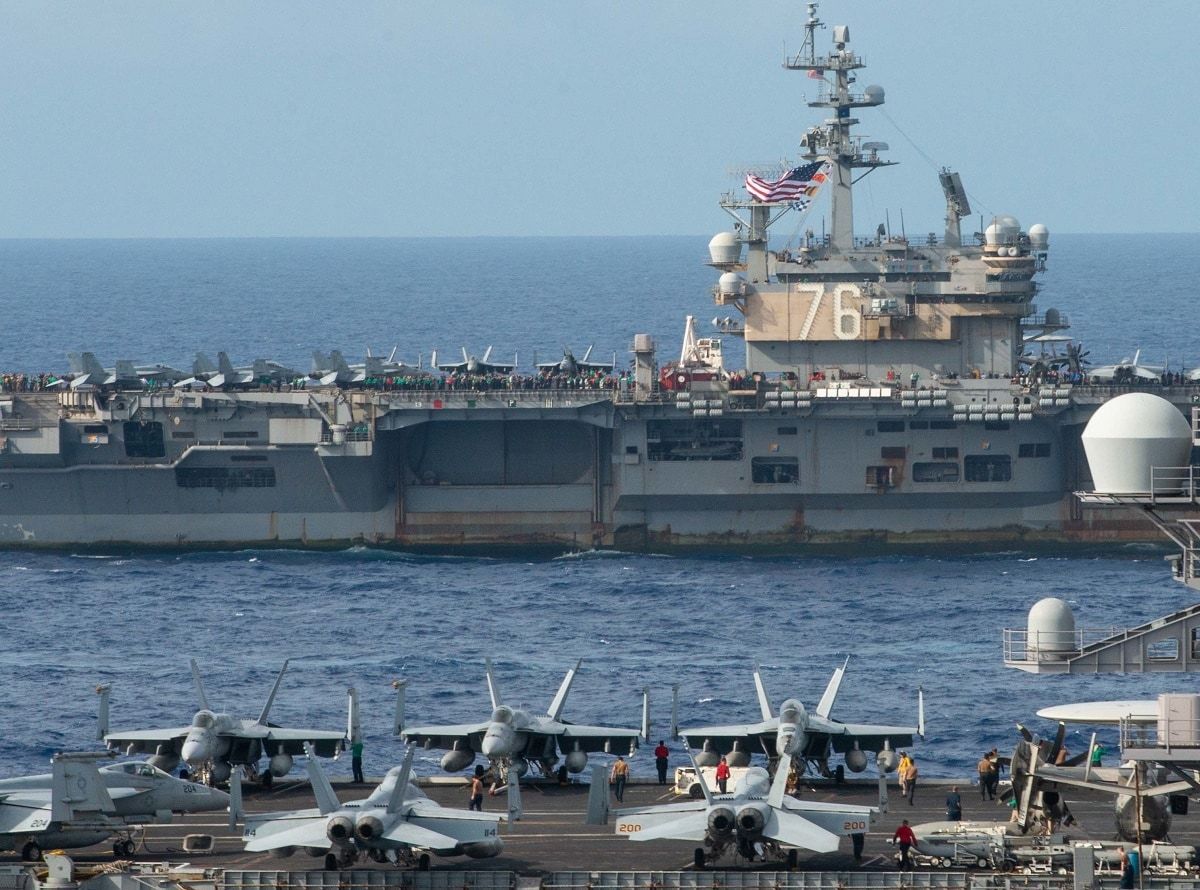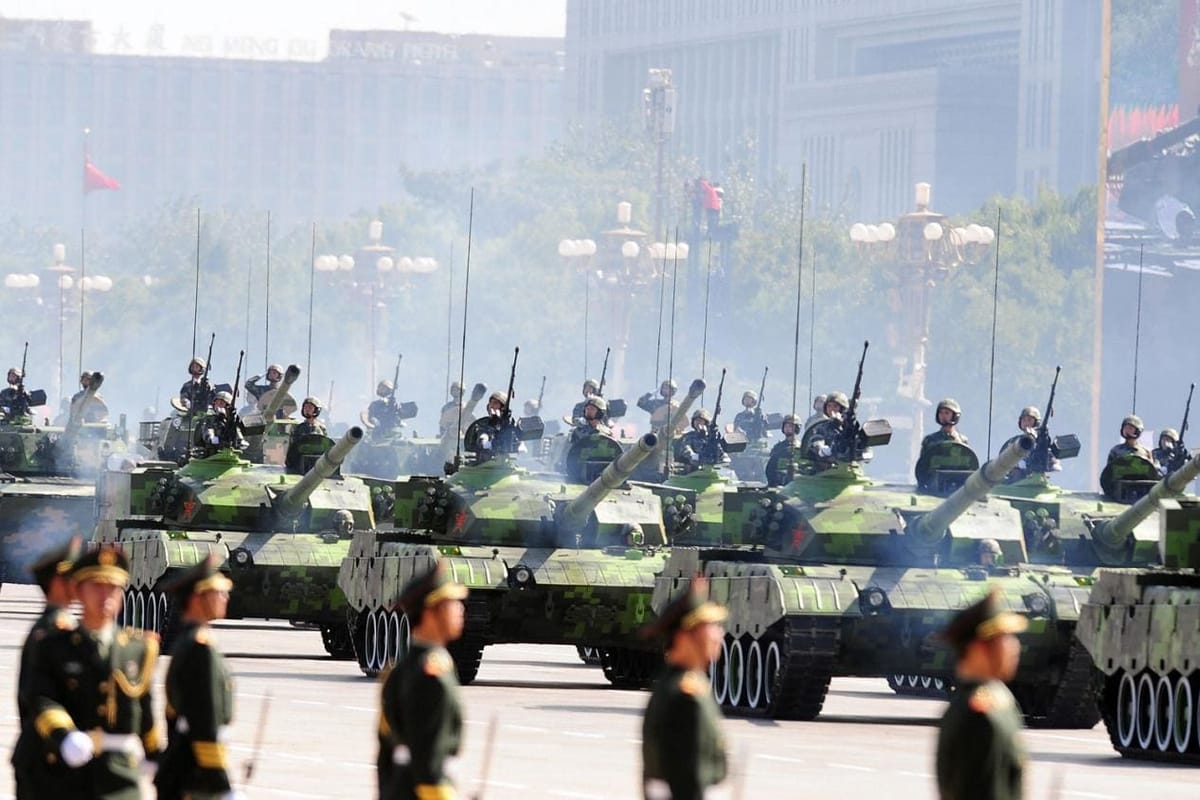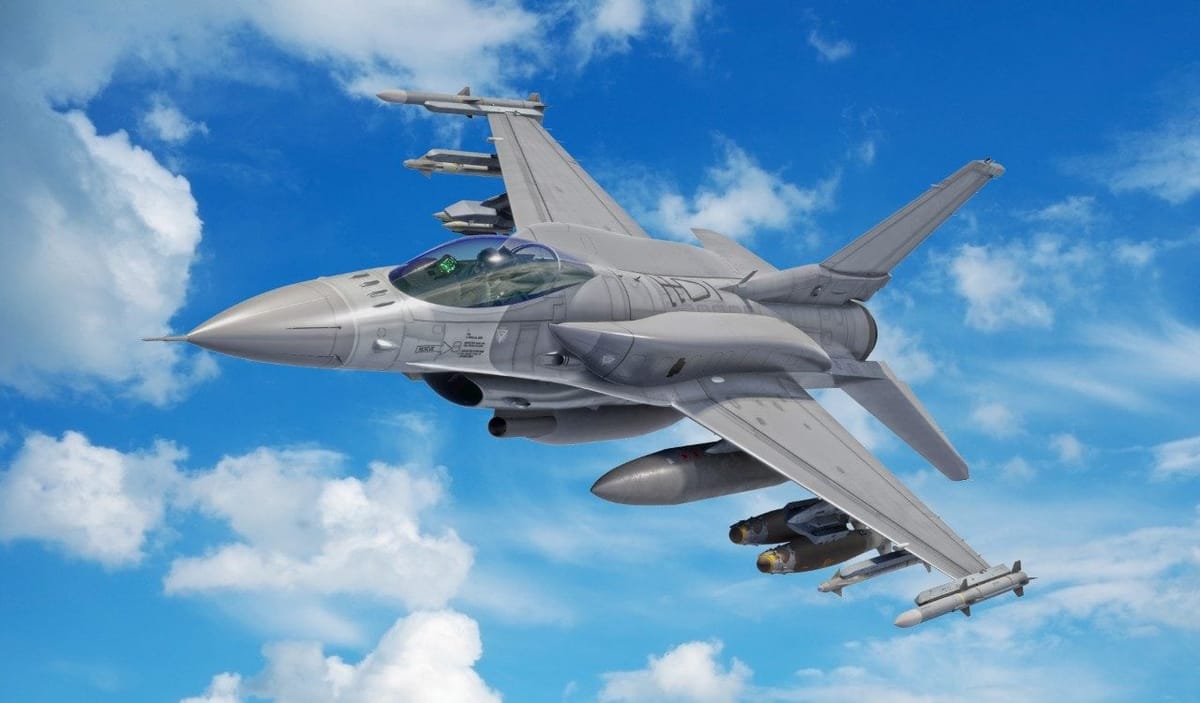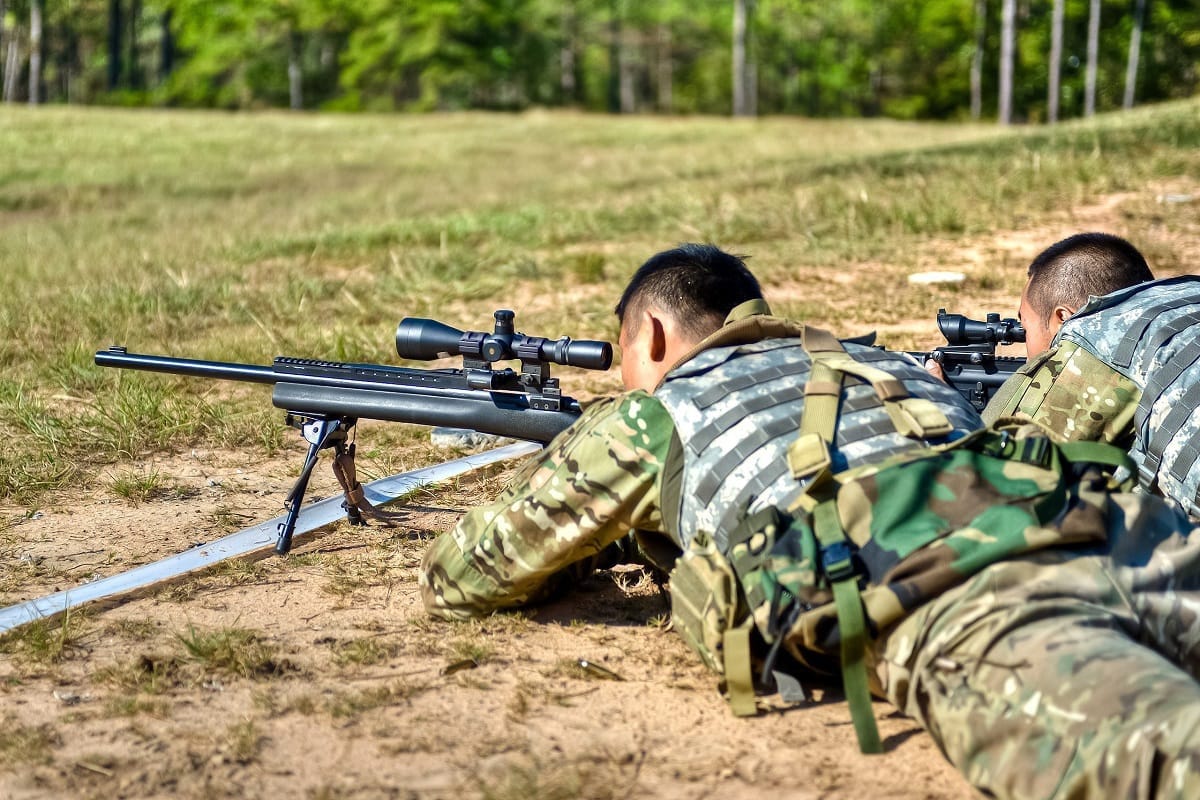Alia Shoaib

Taiwan is learning lessons from Ukraine on how it could defend itself against a possible Chinese invasion, according to a report by The Wall Street Journal.
Since Russia began its invasion of Ukraine in February, the country has effectively used smaller weapons to fight back and humiliate Russia’s larger army.
This method of defense aligns with Taiwan’s “porcupine strategy,” also known as asymmetrical warfare, which it uses to prepare for a possible Chinese invasion.
The strategy was first introduced by then-chief of the Taiwanese military forces Lee Hsi-Ming in 2017 and involved stocking up on anti-air, anti-tank, and anti-ship weapons rather than larger equipment.
“The porcupine strategy is really when a smaller military tries to defend itself from a larger military, which is the attacker, and it uses lots of smaller weapons,” Alastair Gale, the Wall Street Journal’s Asia security correspondent, said in a video.
“Much like the animal, it tries to inflict so much pain on the larger rival that it stops the attacker,” he said.
Taiwan is closely watching how Ukraine has inflicted losses on Putin’s forces to learn lessons on how to successfully defend against an invader with a larger army and weapons, the report says.
China’s military, which is estimated at two million strong, far outnumbers Taiwan’s 200,000 troops, according to data from their defense ministries.
Similarly, Russia outnumbers Ukraine’s forces with over 1 million military personnel compared with 500,000, per Statista.
While Taiwan previously favored investing in heavy, expensive equipment such as fighter jets, helicopters, and tanks to prepare against a possible Chinese invasion, defense experts say these would easily be destroyed by an attacker, according to the Journal’s report.

Image Credit: Chinese Internet.
Taiwan’s president was pictured posing with a shoulder-launched anti-armor rocket
Ukraine’s effective use of smaller weapons is inspiring Taiwan, as they have been able to have an outsized impact on the more heavily armed Russian invaders.
Throughout the war, Ukraine has exploited US-provided handheld weapons such as Javelin and Stinger missiles and attack drones to destroy Russian tanks and aircraft.
As of August 8, more than 600 Russian tanks and aircraft have been destroyed since the beginning of the war, the Journal said, citing open source website Oryx.
Taiwan has been considering increasing training in the use of portable missiles, according to The Journal. Even Taiwan’s President Tsai Ing-wen has been pictured posing with the Taiwan-made shoulder-launched Kestrel anti-armor rocket.

Image: Lockheed Martin.
The smaller anti-aircraft and anti-aircraft missiles have limitations in their reach, with the Javelin only having a 2.5-mile operating range.
Ukraine has also recently had a string of success with US-supplied HIMARS, which has a much more extensive operating range of 53 miles. The US approved the first sale of HIMARS to Taiwan in 2020.
Taiwan is also looking to expand its drone arsenal. It’s developing indigenous weapons like the Teng Yun, and the US has also agreed to sell Taiwan its MQ-9 Reaper drones.
The Taiwanese government has also pledged to spend an extra $8.7 billion on military equipment, per the report.
Military experts say that China is also taking note of the Russian invasion, learning that they will need to use overwhelming force if they wish to succeed, the report says.
China sees the self-governed island of Taiwan as a breakaway province that it wishes to unify. For decades, it has pressured governments not to recognize it as a sovereign nation. Some military analysts believe that China might eventually invade the island.

T-93 sniper rifle with the Taiwanese team competing in the International Sniper Competition at Fort Benning, Georgia in 2010
Tensions have recently heightened following House Speaker Nancy Pelosi visiting Taipei, Taiwan’s capital, despite China repeatedly warning her not to.
In response to her visit, China conducted military drills around Taiwan and said that further “training and war preparation” would continue.
One think tank’s war game analysis suggested that if Taiwan could fend off a Chinese invasion with the help of the US, it would come with heavy losses.
No comments:
Post a Comment